In Praise of the Fullsuit
Let me get this out of the way first: fullsuits are faster than longjohns. These are, by the way, my terms. You may use different terms. This is what we called full-sleeve versus sleeveless wetsuits starting back in 1987, and I have continued the use of these descriptors. (This is the second installment in a series we'll write on wetsuits during spring of 2021, the first is here.)
I dead promise you if you look to the bottom of this article (after it's had a chance to breathe) or if you go on a thread on our Reader Forum you’ll find folks who insist that, no, fullsuits are not faster, at least not for them. Somebody may pipe in with data, as in, a swim-down in a pool of a fullsuit versus a longjohn, showing the longjohn is faster. To this I say, no. What this proves is that the particular longjohn owned by the tester was good, and the fullsuit not good.
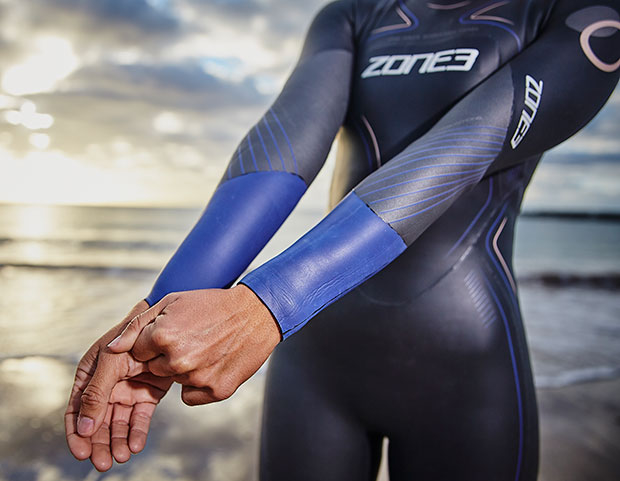
And that’s pretty easy to do, because it’s easier to swim in any longjohn than in an ill-fitting fullsuit, just like the fit of a t-shirt is less precise than the fit of a tuxedo.
As to my contention that fullsuits are faster, I might stand down in this assertion if you can find me one man or woman in the ITU’s top-50 who swim a wetsuit-legal swim in a longjohn. And bear in mind that an ITU swimmer is the most likely candidate for a longjohn because, remember, those with pure swim backgrounds really have an ambivalence toward wetsuits. Back in the late 80s the really great swimmers refused to wear fullsuits, because – as we discussed previously – this compromised their feel for the water. But all you have to do is test the wetsuits, in a flume, in a field trial in open water, or in the pool. This is why every top athlete swims in a fullsuit.
Why is it faster? Hydrodynamics, for one, but mostly buoyancy. The more rubber on you the higher you ride in the water, and your leading edge is your arm, after the catch. There is also a greater surface area to your arm with a sleeve around it, and if the catch panel works you have that as well.
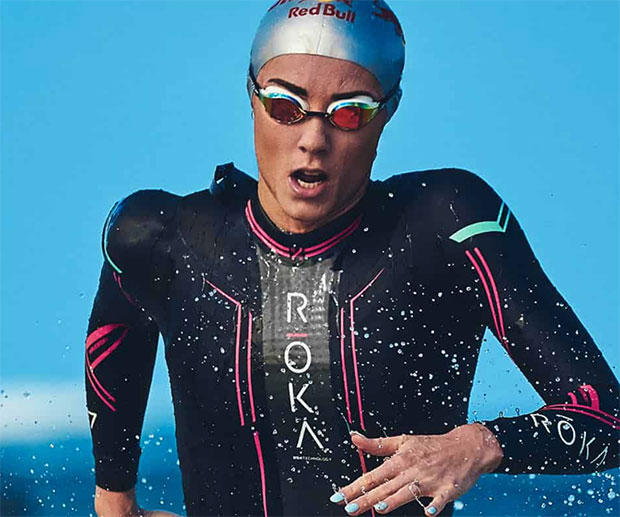
But, like an ill-fitting tuxedo, an ill-fitting fullsuit is unoptomized. There are more variables to the fit. You don’t have to worry about the arm length in a longjohn; nor shoulder mobility; nor do you have to know how to put on a fullsuit fully. (There is an art to putting on a wetsuit for a high-performance result, and that will be explained in detail in the next installment.)
Overheating
Overheating is definitely a thing in a wetsuit, especially in a fullsuit, and I fully understand why someone would prefer a longjohn in warmer air temperatures. I guess I give short shrift to the argument that longjohns are better in warm water, because the water is not usually warm enough to cause you to overheat as long as you’re swimming in wetsuit-legal water. What does matter more, I think, is the air temp, and specifically the air temp when combined with a long wait out of the water (with your wetsuit on) before the gun goes off. You aren’t likely to overheat while swimming, but you can overheat in a hurry standing in a fullsuit in 80°F air for 20 or 30 minutes.
Accordingly, there are some rules by which I abide, which are, first, to do a warmup in the water. I always warm up in the water before a race. This is a point about which I’m militant. I believe it is nigh unto malpractice for an RD not to allow an in-water warmup if such a thing can be done. (If it can’t, because of, say, a swim in a river with a current, then a well-publicized opportunity for a workaround should be offered.) Anyway, look, a warmup is not only better for your health; and your safety; and your comfort; and your race performance; it is also a way to keep from overheating in your fullsuit.
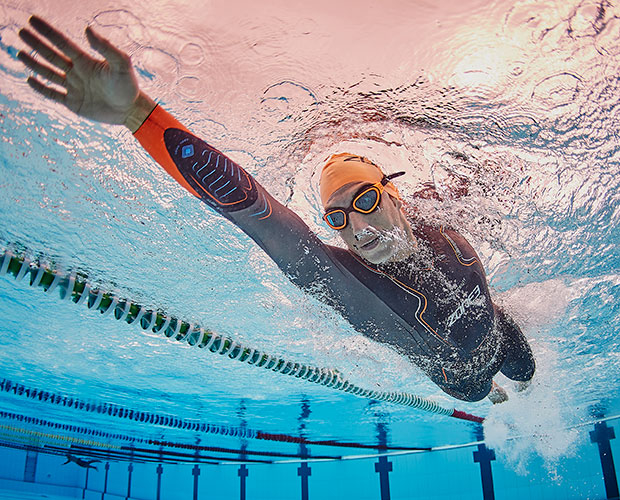
Second, I just don’t stand around in a zipped-up fullsuit in hot air temp conditions. I take the wetsuit down to the waist, and pull the wetsuit back up only when I’m within 5 or 7 minutes of the gun going off. If you’re afraid you can’t get the top on quickly enough, at a minimum unzip the wetsuit and take it down off your shoulders, with your arms still inside the wetsuit’s arms. Pull it back on and zip up a couple of minutes before the start of your swim.
But, back to the warm-up, if there are 10 minutes to go until your swim start, if there’s any way to get back into the water, if just to paddle around, until 5 minutes to go, do that, in order to cool off. Again, this assumes a hot air temp day.
Technique
It used to be that we’d swim with a kind of fullsuit-specific technique, which is really just a classic long distance freestyle technique used by a really good world class freestyler. This is characterized by a long extend (glide) phase after the catch, with the hand and forearm right near the surface of the water until the pull commences. The fullsuit guided you toward this kind of stroke, which is I guess another reason fulls are faster than johns: fulls prompt you toward a better technique.
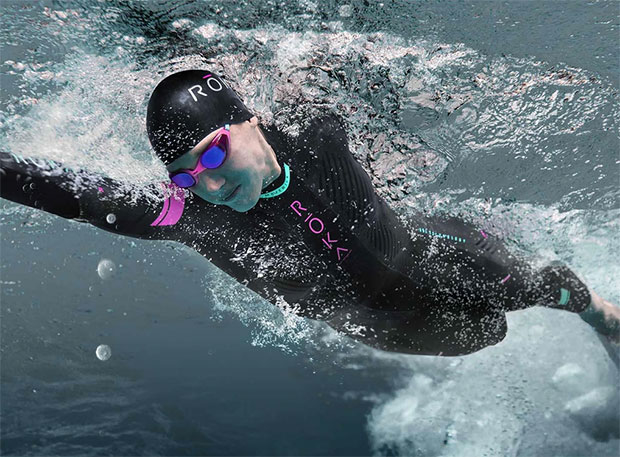
But then, as the 1990s progressed, we built our wetsuits with 3mm rubber in the arms; then we moved to 2mm rubber, and finally ended with 1.5mm rubber, because we taught ourselves to glue & blindstitch rubber that thin. This made the rubber of the fullsuit really flexible. We formed our patterns so that thin, flexible rubber extended over the shoulder area as well, and you could pretty well swim using whatever technique you wanted. In recent years I’ve wondered whether we did ourselves a disservice by making fullsuits so flexible in the arms and shoulders. Maybe more rubber is better, because of flotation and surface area. De Soto’s T1 wetsuits feature a pullover (the top piece) with arms made of 5mm rubber (the Concept 5) to exploit this very thing.
Truly, I don’t find any of today’s good fullsuits hard to swim in, as long as they fit me well. The patterns and materials have been worked and reworked for a quarter-century or more, and any company that’s been around a long time making wetsuits, tweaking their patterns – Orca, De Soto, blueseventy, ROKA, Zone3, 2XU, Zoot, Aquaman and the others – make fullsuits that are easy to swim in. Two companies – ROKA and De Soto – make their patterns so that “neutral” in a fullsuit is arms-up, Superman style, so that the pattern “returns” to form during freestyle recovery.
Fit
For all my fullsuit praise, fullsuits may fit well or badly, and there are perhaps 4 or 5 variables that determine this.
Wetsuits fit in ways not unlike the way road bikes fit nowadays. As you may know if you read what I write about road bike fit, there is a quite unhelpful narrative around road geometries, which is the decision to segment geometries based on “use case” rather than “morphology.” A “race” geometry has a longer reach and a lower stack. An “endurance” geometry has a higher stack and a shorter reach. But my gravel and road bikes are each fit to me almost identically, even though the use case of these bikes is not close to the same. The length and height of my road or gravel frame is determined by my morphology: the length of my torso relative to my legs. Endurance geometries aren’t indicated for people who ride “endurance,” rather for people with longer legs and shorter torsos. Pardon the segue, but it’s like that nowadays in wetsuits.
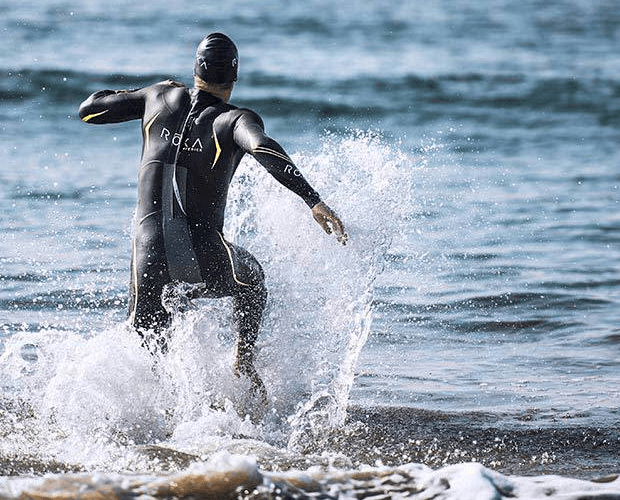
We began to look at it like this at QR in the early 90s, when fireplug-shaped guys would waltz in for a wetsuit and their circumferences (chest, thighs, arms) demanded (say) a size M, but the arms and legs of an M were too long (we built an M for men 6’2” or thereabouts, not some who was 5’7”). So, we built a size called a Medium Short, and this plugged a hole in our size chart. Then we made a Large Short, and a Medium Small Short, and a Small Short. Nowadays you still see this, but companies kind of do it opposite. If it’s a size S, or M, or L, it’s sort of already a “short” because what you’ll often see on a size chart is, say, an MT, which is a Medium Tall.
Anything out of Yamamoto rubber #39 or higher (numerically) is going to be stretchier, which means it’s going to be more forgiving for those of us with, er, unoptimized physiques. So, Yamamoto #39 or #40 will stretch like a Gumby, and if you think you need a forgiving suit, avoid Yamamoto #38 or Sheico or any other rubber that is less stretchy. If your physique is pretty typical, and you can fit without requiring the rubber to really stretch, save yourself some money and go for the rubber that’s not quite as stretchy. That rubber will be fine, it will be cheaper, the suit will be just as fast for you.
The biggest fit problem in most wetsuits is the torso. If the torso is too long you’ll have rolls of rubber in your tummy area. If the torso of the wetsuit is too short it will pull down on your shoulders, and perhaps pull on your neck, and this is the sort of suit where, yes, you might just be better off in a longjohn. In my next article I’m going to tell you how to put this wetsuit on right, and you may think you’re doing that but you may well not be, and if that’s the case the suit will swim like it’s too short in the torso (even if it’s not). Just, if it is too short, you can’t live with that, so make sure your reseller offers a return policy.
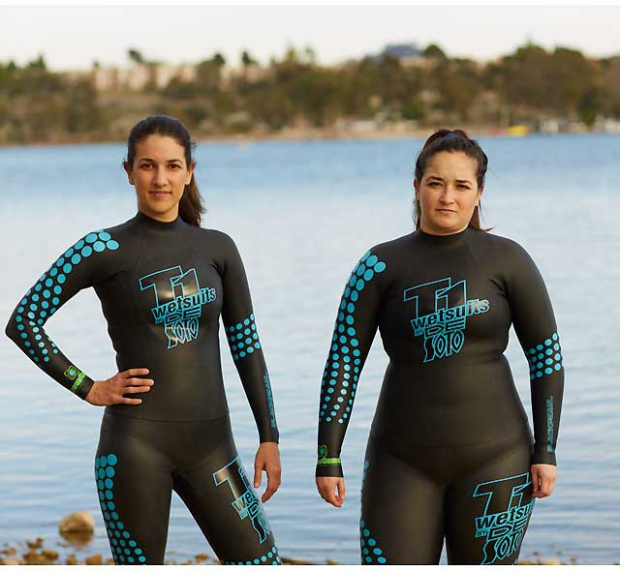
If you just can’t get that torso length right, then consider a 2-piece wetsuit, like De Soto’s T1. The point of the design of that wetsuit is that it neutralizes this as an issue. There is no part of this wetsuit where the crotch and the shoulders fight against each other. However, this has led to the impression that this is just the wetsuit for those who can’t fit in regular wetsuits. Not so. This is a great, top-line wetsuit, period. This has been my favorite wetsuit to just swim in. However, the utility of this suit is not as urgently needed as it once was. In 2005, there were just too many ill-fitting wetsuits, and I would only swim in a De Soto T1. Nowadays there are a lot of good wetsuits, so the need for this brand isn’t as critically urgent as it was. I will say, though, that a lot of people suffered in wetsuit misery 10 or 20 years ago because they just couldn’t wrap their brains around a 2-piece wetsuit. Their loss.
Finally, age has proven to make a big difference in how I get my wetsuits. Let’s say I’m 6’2” and 170lb. Which I sometimes am. I would, in my 30s, buy a wetsuit that fit someone (based on the suit’s size chart) between 158lb and 170lb. Today, 30 years later, nope, I’m looking for a suit that fits somebody 170lb to 185lb. My weight may not have changed much, but how that weight is carried has changed. Also, my diaphragm is not as strong, and I find it hard to intake air than I did when I was younger. I just can’t fight a tight wetsuit anymore.
That’s it for today! Next up, it’s how to put a fullsuit on. I know you think you know how to do this, and maybe you do. But I see a lot of wetsuits in the wild that are worn badly, causing their users a lot of strangulation and arm fatigue. Hence my segment upcoming.


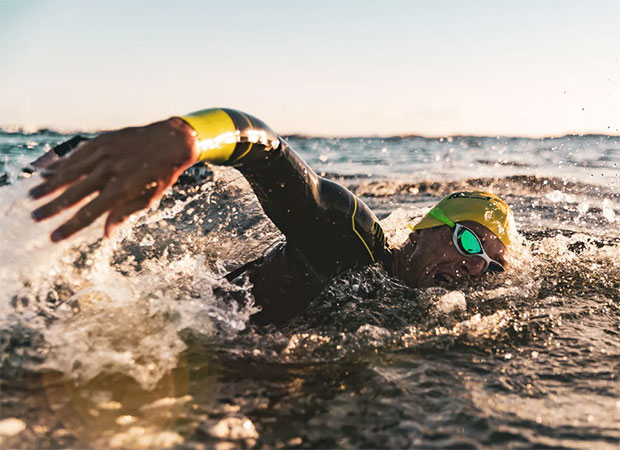
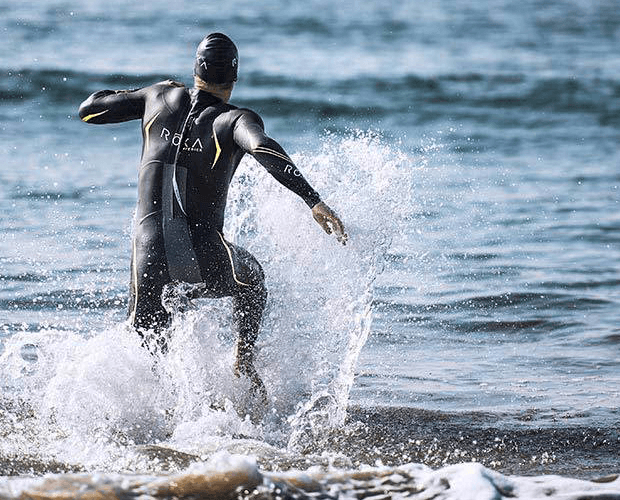
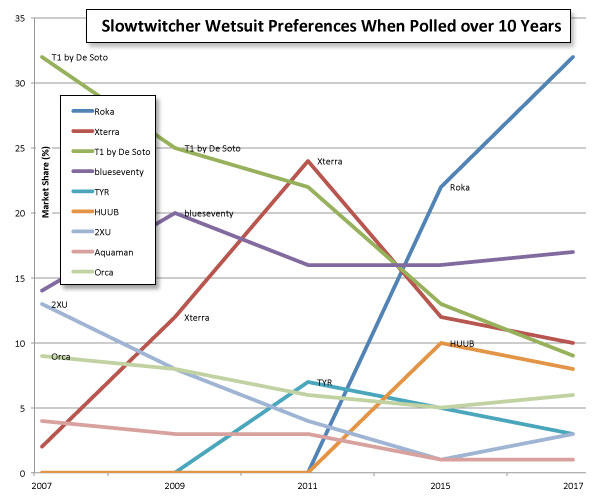
Start the discussion at slowtwitch.northend.network